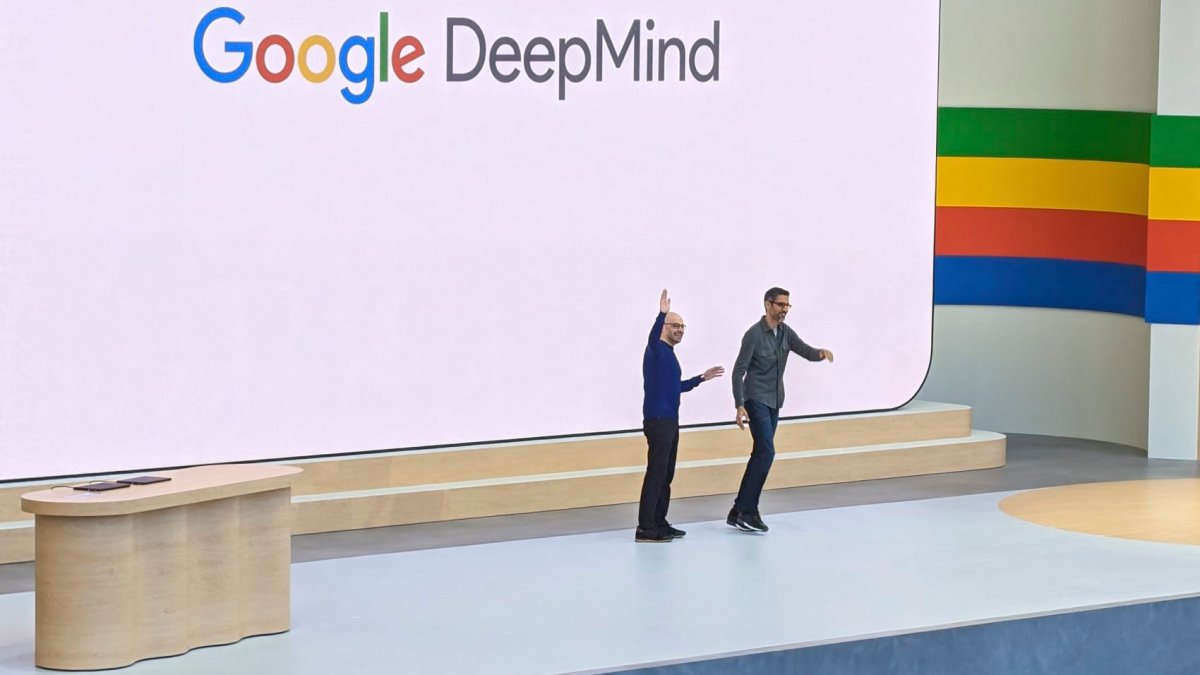DeepMind to Utilize AI Models for Enhancing Physical Robots

Google DeepMind Launches Advanced AI Models for Robotics
Google DeepMind recently unveiled two innovative AI models focused on robotics, marking a significant step in integrating artificial intelligence with physical tasks. These models, Gemini Robotics and Gemini Robotics-ER (Extended Reasoning), are powered by Gemini 2.0, which Google claims is its most advanced AI technology to date.
Partnership with Apptronik for Humanoid Robots
In its effort to advance humanoid robotics, Google has partnered with Apptronik, a Texas-based robotics company. This collaboration aims to develop the next generation of humanoid robots using the capabilities of Gemini 2.0. Apptronik has a history of working with well-known organizations like Nvidia and NASA, which adds credibility to this partnership. Recently, Google was part of a $350 million funding round for Apptronik, further solidifying their collaboration.
Demonstration of AI Capabilities
In a series of demonstration videos, Google showcased what these robots can do. The Apptronik robots, equipped with the new AI models, performed tasks such as plugging an appliance into a power strip, filling a lunchbox, moving plastic vegetables, and zipping up a bag—all in response to spoken commands. However, Google has not yet provided a timeline for when these advanced robotic technologies will be available for public use.
Core Qualities of Effective Robotic AI
Google emphasized that for AI models to be truly useful in robotics, they must possess three essential qualities:
- Generalization: They should adapt to various situations and environments.
- Interactivity: They need to understand and respond quickly to instructions or changes around them.
- Dexterity: They must be capable of performing tasks that require fine motor skills, akin to the abilities of human hands.
Gemini Robotics-ER for Robotic Development
The Gemini Robotics-ER model is tailored for developers and researchers in the robotics field. It serves as a foundation that allows users to train their own AI models. This model is not only available to Apptronik but also to select “trusted testers” such as Agile Robots, Agility Robotics, Boston Dynamics, and Enchanted Tools. This access will likely facilitate further innovations in robot applications.
Competition in Robotics and AI
Google is not the only tech giant venturing into AI-driven robotics. In recent developments, OpenAI invested in a startup called Physical Intelligence, which focuses on integrating general-purpose AI into physical systems. They aim to create large-scale AI models specifically for robotic applications. Additionally, OpenAI has hired a former Meta executive to lead its robotics and consumer hardware efforts.
Tesla, too, is making strides in humanoid robotics with its development of the Optimus robot. These initiatives indicate a growing competition among major tech companies to refine and deploy AI technologies in robotics.
Google’s Vision for Robotics
Sundar Pichai, Google’s CEO, expressed on social media that the company views robotics as an excellent platform for testing and applying advancements in AI in real-world scenarios. He mentioned that the upcoming robots will utilize Google’s multimodal AI models to adapt to their surroundings and make real-time adjustments.
Summary of the Developments
The integration of advanced AI models, like Gemini 2.0, into robotics represents a crucial evolution in how robots can be utilized in everyday tasks. Google’s collaboration with Apptronik and dedication to developing versatile and interactive robots may revolutionize the future landscape of humanoid technology.
With companies like Google, OpenAI, and Tesla pushing boundaries, the field of robotics is set for rapid advancement, enhancing both the capabilities and roles of robots in our daily lives. The future may see robots engaging more dynamically with their environments, making tasks easier and more efficient for humans.






